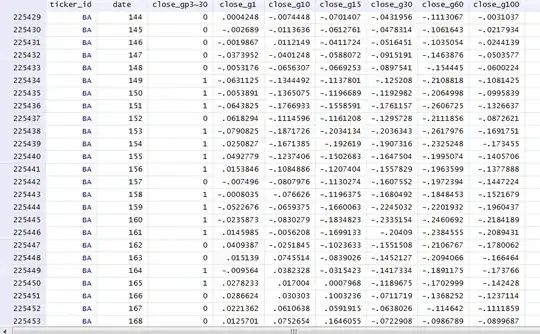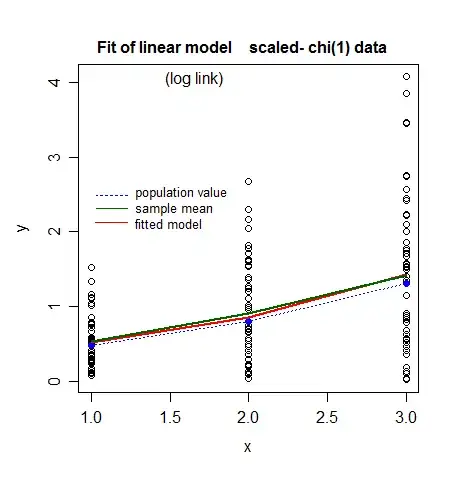I have a data matrix X with entries like so:
$$ \begin{matrix} x_{11} & x_{12} & \ldots & x_{1p}\\ x_{21} & x_{22} & \ldots & x_{2p}\\ \vdots & \vdots & \ddots & \vdots\\ x_{n1} & x_{n2} &\ldots & x_{np} \end{matrix} $$
which I want to use to predict the response variable $(y_{1}, ..., y_{n})^T$ that happens to follow the half-normal distribution. This picture demonstrates the situation very well:
So the goal is to find the best estimate for parameter vector $\beta = (\beta_{0}, \beta_{1}, ..., \beta_{n})^T$ to predict the response variable. I've tried this with linear regression but I've noticed that it wants to fit the prediction to Gaussian distribution: i.e. it does not recognise the real distribution of $Y$ and tries to fit a tail to both ends of the distribution.
How can I attach the information about $Y$'s distribution to my model? I've understood that GLM does not work in this case because half-normal distribution is not a member of exponential family. I tried to create a model with Gamma distribution, but the results were the same as with Gaussian distribution. I've been unsuccesful in my research so far - it seems like no one else have had this kind of problem (which of course suggests that there is some additional information that I haven't came across or understood).
My intuition tells me that I should use the formula $\beta = (X^T X)^{-1} X^T Y$ but the results are the same as with linear model.

